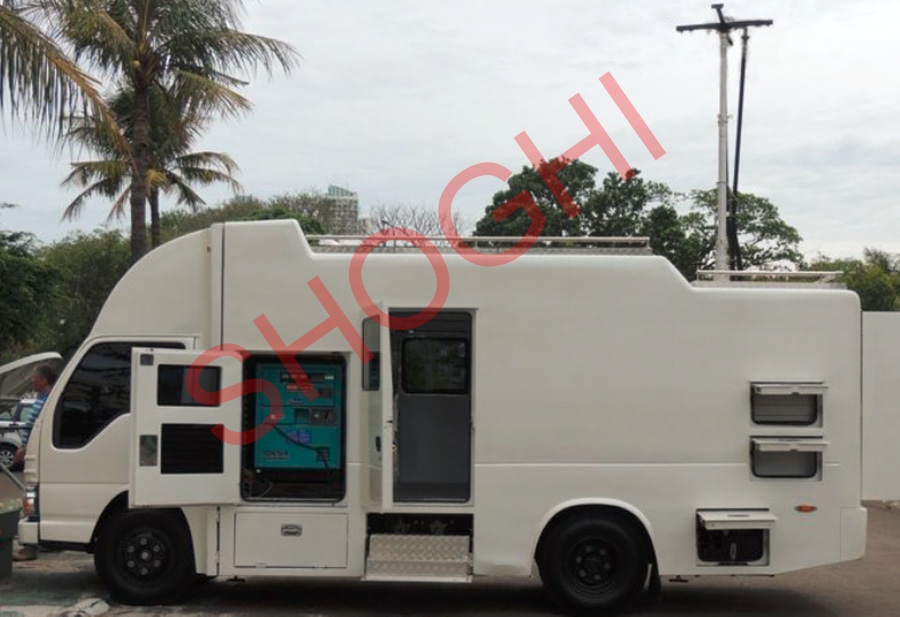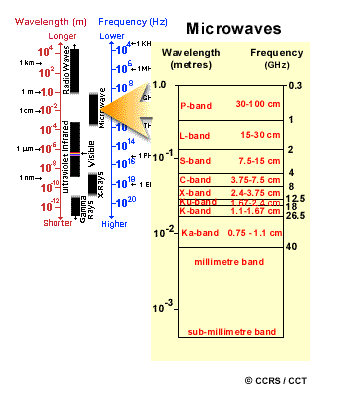


The antenna sizes, ranging from 0.9m -1.8m (6ft), are much smaller than C band because the higher frequency means that higher gain can be achieved with small antenna sizes than C-band. G r(θ i) is the receive antenna gain (as a ratio) of the GSO receive station in the direction of the ith transmit station considered in the non-geostationary orbit system Ku (K band Under) band is used typically for consumer direct-to-home access, distance learning applications, retail and enterprise connectivity. of any emission should be at least 68 dBW and should not exceed 85 dBW. (f) In the band 13.75-14 GHz, an earth station in the fixed-satellite service shall have a minimum antenna diameter of 4.5 m and the e.i.r.p. Φ i is the off-axis angle between the boresight of the antenna of the GSO receive station and the direction of the ith transmit station considered in the non-geostationary orbit system Section 25.204 is amended by revising paragraph (f) to read as follows: 25.204. G t(θ i) is the transmit antenna gain (as a ratio) of the station considered in the non-geostationary orbit system in the direction of the GSO receive station ĭ i is the distance in meters between the transmit station considered in the non-geostationary orbit system and the GSO receive station Θ i is the off-axis angle between the boresight of the transmit station considered in the non-geostationary orbit system and the direction of the GSO receive station P i is the RF power at the input of the antenna of the transmit station, considered in the non-geostationary orbit system in dBW in the reference bandwidth I is the index of the transmit station considered in the non-geostationary orbit system
#Ku band downlink frequency series
The SDC series of Downconverters offer a cost effective downlink test signal solution for converting from. This unit benefits from an internal 10 MHz source reference signal with auto-switch to external level 0+/-3 dBm. N a is the number of transmit stations in the non-geostationary orbit system that are visible from the GSO receive station considered on the Earth's surface or in the geostationary orbit, as appropriate Ku-band to L-band Agile Frequency Downconverter.


 0 kommentar(er)
0 kommentar(er)
